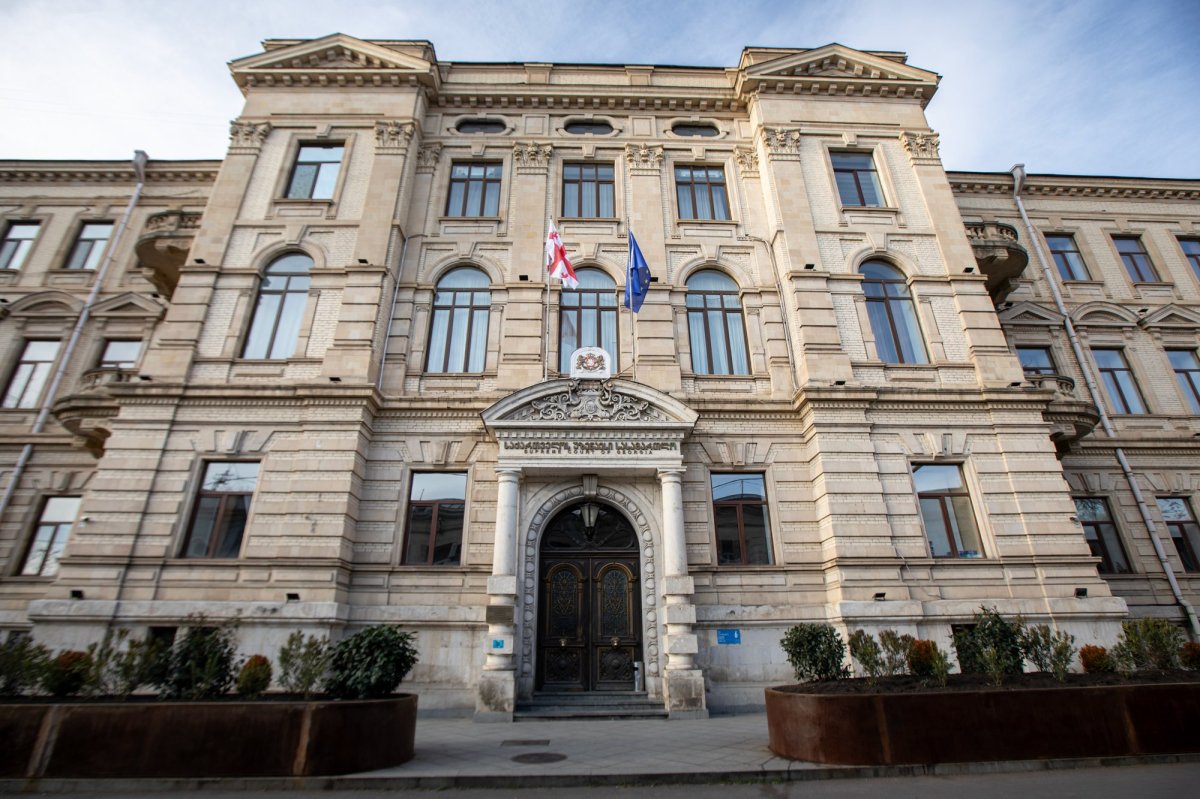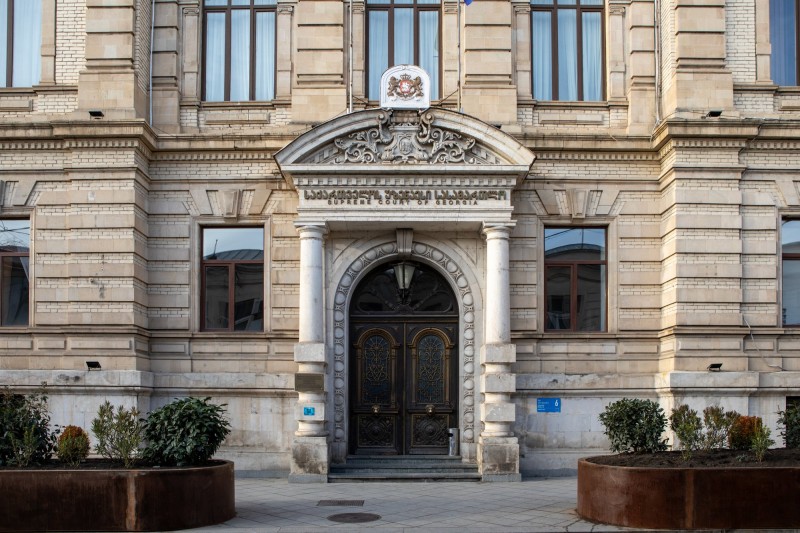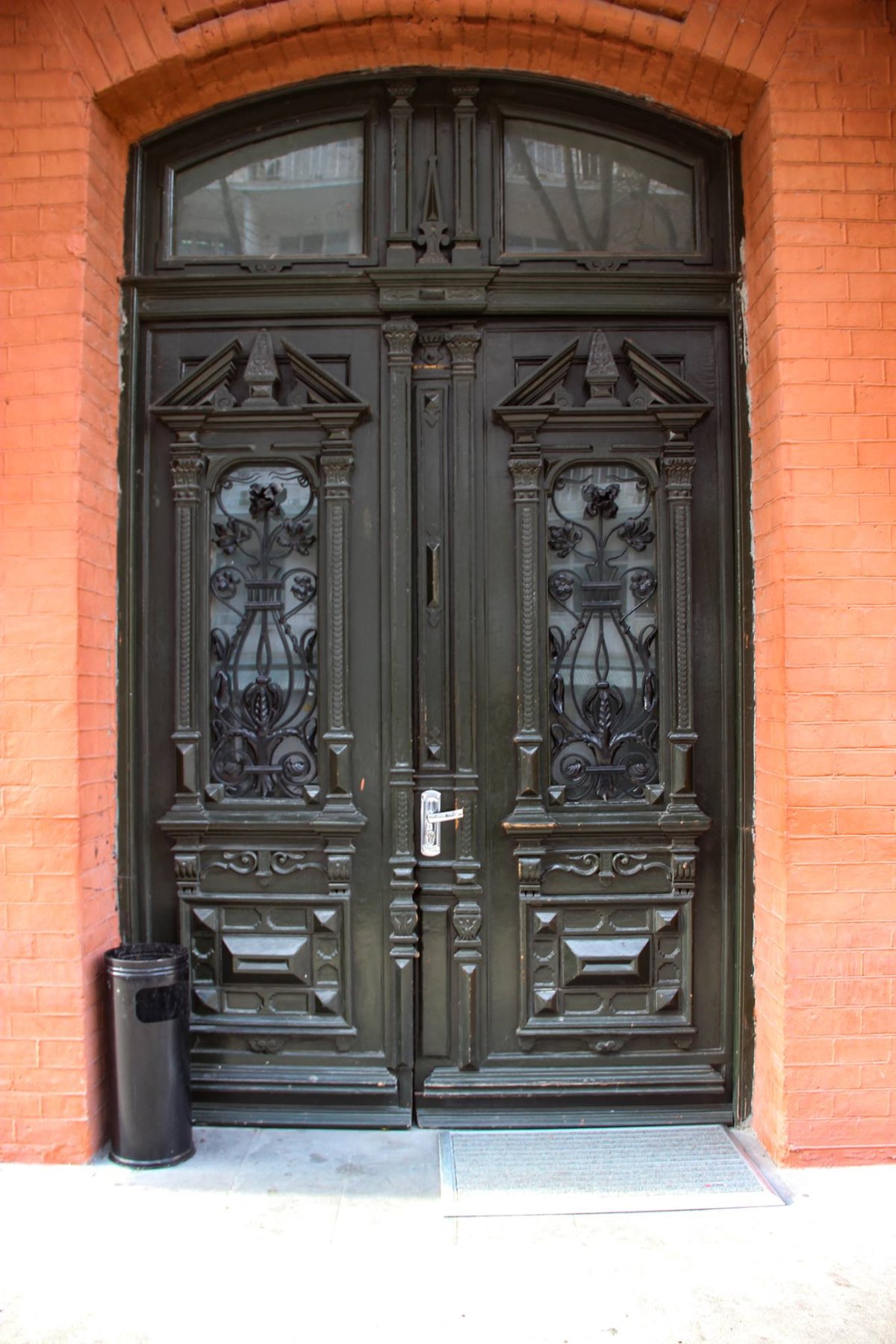
Information in details
Tbilisi's former judicial chamber, district court, today's Supreme Court building located at 32, Zubalashvili Street was built in 1894, according to the project of the Polish architect Alexander Szymkiewicz. Alexander Szymkiewicz built a number of buildings in Tbilisi, the facades of which are mainly designed in the Renaissance-Baroque style. It is an important part of urban heritage. This building is also one of the outstanding examples of Tbilisi architecture. With its plain, monumental look, it stands out sharply in the overall development of the street and Mtatsminda slope in general. The architectural treatment of the building, which is exceptionally large-scale and rather imposing at the time, is based on the facade motifs of the Italian late Renaissance and Baroque style Italian (mostly Roman) palazzos: the rusted plane of the wall, the alternation of triangular and arched pediments ending the window openings placed in a frequent rhythm, rusted columns, the giant of the middle risalite The symmetry of the main facade is emphasized by the two tunnels passing through the courtyard marked with wedge-shaped rustication and the semicircular balconies with stone arches. For the perception of the mentioned facade, the opposition of the rustic and stone elements against the background of the brick wall plays a big role. The building was intended for the court. The architectural planning clearly complied with the requirements stipulated by the procedural legislation. The general construction of the main four-story facade in the middle (with the vestibule and halls) and side elevations, entrances in the center and on the wings, and two symmetrical gates is dictated by the functional decision of the plan.
The plan of the building is cross-shaped. The two mutually parallel buildings are originally connected to each other through a staircase, which is one of the most interesting artistic elements in the composition of the building. The artistic decoration of the dividing hall of the cruciform building in the depth of the yard - peculiar rotunda, vestibule, and halls with architectural elements and paintings are important. Masters from St. Petersburg were invited to paint the vestibule and halls. The floor of the vestibule is covered with granite. The walls and ceilings of each floor are painted in different styles. The painting corresponds to the overall composition and the main purpose of the building: on the ceiling of the vestibule of the first floor is depicted Themis - the goddess of justice and fairness from Greek mythology. In the interior, the grand, massive staircase of the building, with dark wooden railings and inlaid baroque-style balustrades, is particularly noteworthy. Despite many renovations, the interior still retains its original, authentic appearance, although the halls and vestibules were remodeled during the Bolshevik regime; The meeting halls were reduced and divided into smaller rooms; The architectural-artistic look of the interior and the rational solution of the common internal space were distorted. In 1973, the building was returned to the Supreme Court and restored to its original form.


 თბილისი, Brothers Zubalashvili street N32
თბილისი, Brothers Zubalashvili street N32
 41.6907950, 44.8008658
41.6907950, 44.8008658




